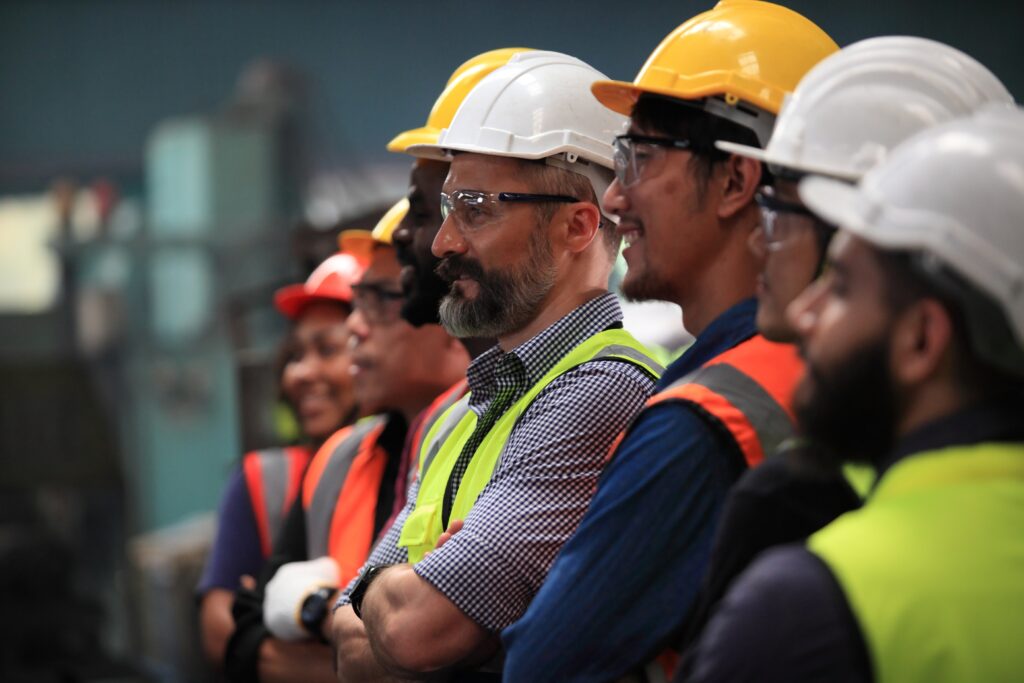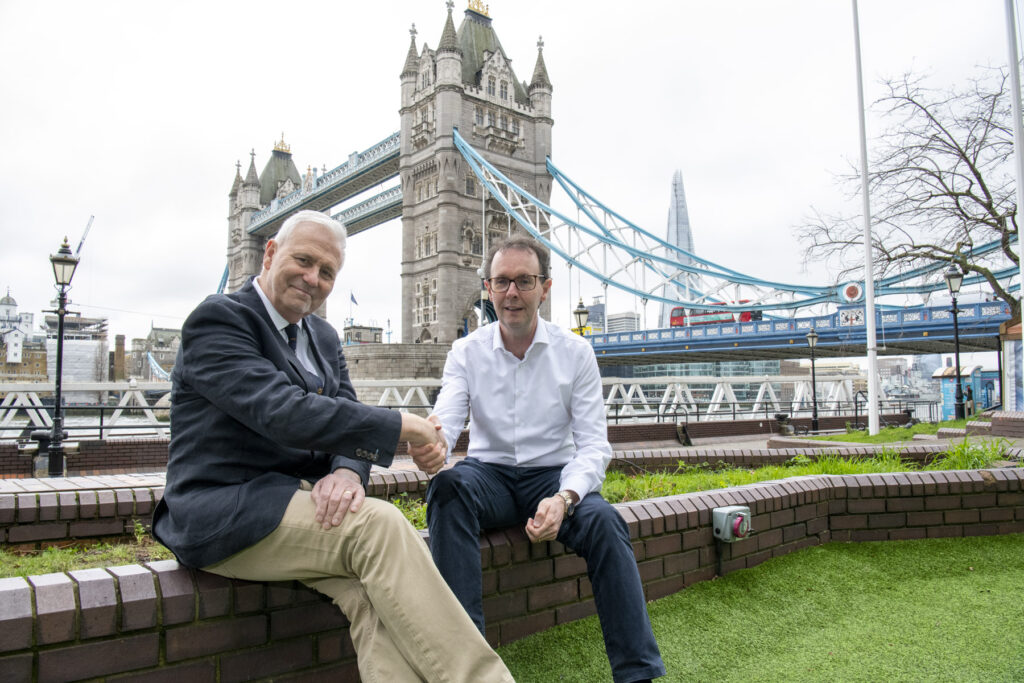Construction Safety Week takes place in October. This initiative serves to promote best practices in the construction industry, to reinforce the importance of safety, health and overall wellbeing at work and in life.
Our blog post this month gives an overview of some important considerations when it comes to the construction industry.
Here are 5 key considerations for management in the construction industry:
Safe Access and Egress
Entryways to construction sites can be hazardous, with many workers and vehicles passing through. To prevent accidents in these often busy areas, there are a number of measures that should be taken.
Firstly, all construction work must be designed so that there is safe access and egress to and from the site. Once the site is set up, a risk assessment of each access and exit point should be carried out to identify risks and hazards.
Employers should ensure that exit points are clearly signposted, properly lit, and free of obstructions to allow for quick evacuation in the event of an emergency. All routes should also be properly maintained and inspected regularly.
Where possible, access points should be chosen so as not to overlap with pedestrian walkways / routes. If the site is adjacent to a public place, barriers can be used to prevent unauthorised people from entering.
If any ramps are in place for access or egress, they should be designed by a competent person, and should not create a tripping hazard. Ramp surfaces may also need to be treated to prevent slipping. (Source)
Working at Heights
Working at height is the biggest cause of fatalities in the construction sector. While a lot of
construction work takes place at large heights, these are not the only instances in which significant care must be taken: most fatalities occur at relatively low heights of 2-3 metres.
Working at height in construction can include such tasks as:
- Working on trestles or other platforms;
- Erecting falsework or formwork;
- Working on a ladder;
- Working at ground level adjacent to an excavation.
To ensure safety while carrying out these tasks, work should be planned thoroughly. A risk assessment should be conducted and a safety statement prepared. Another key recommendation is to prioritise collective protection over individual protection. This means using safety measures that protect everyone involved, rather than just one individual.
- Take measures to prevent accidents as much as possible;
- Use the correct equipment;
- Ensure the relevant workers are competent, and provide safe working at height training if needed.
Read our blog post about safe working at height for more information.
Managing Hazardous Energies
Hazardous energies are any source of energy that could cause harm to workers, including electrical, mechanical, thermal, chemical, hydraulic, and pneumatic sources of energy. Sources of these energies include pipelines, power tools, electrical conductors, and conveyor belts. (Source)
In any environment where workers may be exposed to these energies, meticulous pre-planning should be carried out. First, the hazardous energies that are present need to be identified, and then energy control procedures should be implemented. (Source)
Lockout / Tagout (LOTO) procedures are another important consideration. Use lockout devices where possible to prevent re-energisation of machinery. For equipment that cannot be locked out, tag out procedures should be used.
And, as with any working environment, employees should receive adequate training on the use of these machines, and the energy control procedures in place. These procedures should also be inspected regularly. (Source)
Safety by Example
Safety in any organisation starts from the top down. To foster a culture of safety in construction environments, senior management should lead by example. By demonstrating excellent health and safety behaviours at all times, managers will create trust between them and their employees, and prevent employees from picking up bad habits or cutting corners.
Managers can also attend safety meetings and safety orientations so that all employees are aware of their commitment to safety. Leaders should share the company vision for health and safety and ensure that all employees are committed to it. One way to do this is to involve employees in health and safety decision making, and ensure that safety is a consideration in decisions at each level.
Using Mobile Equipment
Another common cause of serious injuries and fatalities in the construction industry is mobile equipment and vehicles such as site dumpers, excavators, and bulldozers.
To reduce the risk of accidents occurring, here are some key safety rules:
- Operators should ensure that they have good visibility around their machine, they should have good awareness of their surroundings and they should be aware of blind spots;
- All personnel should have received sufficient training;
- All personnel should wear high vis clothing;
- A signaller should be used where necessary to guide the operator;
- Machinery should be regularly inspected and serviced.
There are also some considerations that are specific to the type of machine, for example excavator operators should be aware of exclusion zones and clearance. When operating telescopic handlers, workers should be aware of loading capacity, and ground conditions, and those working on mobile elevating work platforms (MEWPs) will need to wear fall protection. (Source)
With any construction activity, it is essential that all personnel are properly trained. Ayrton Group provides several construction skills courses, including CSCS 360 Degree Excavator, Slinger and Signaller CSCS, and Mobile Access Tower CSCS courses.
If you would like to avail of safety training or consultancy for your organisation, or to find out more, get in touch with us on 021 431 0331 or info@ayrton.ie.



